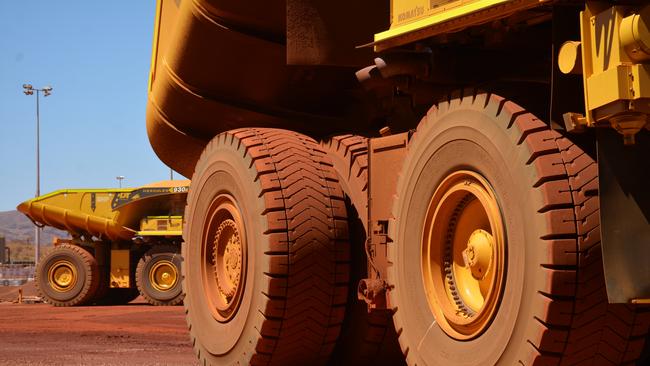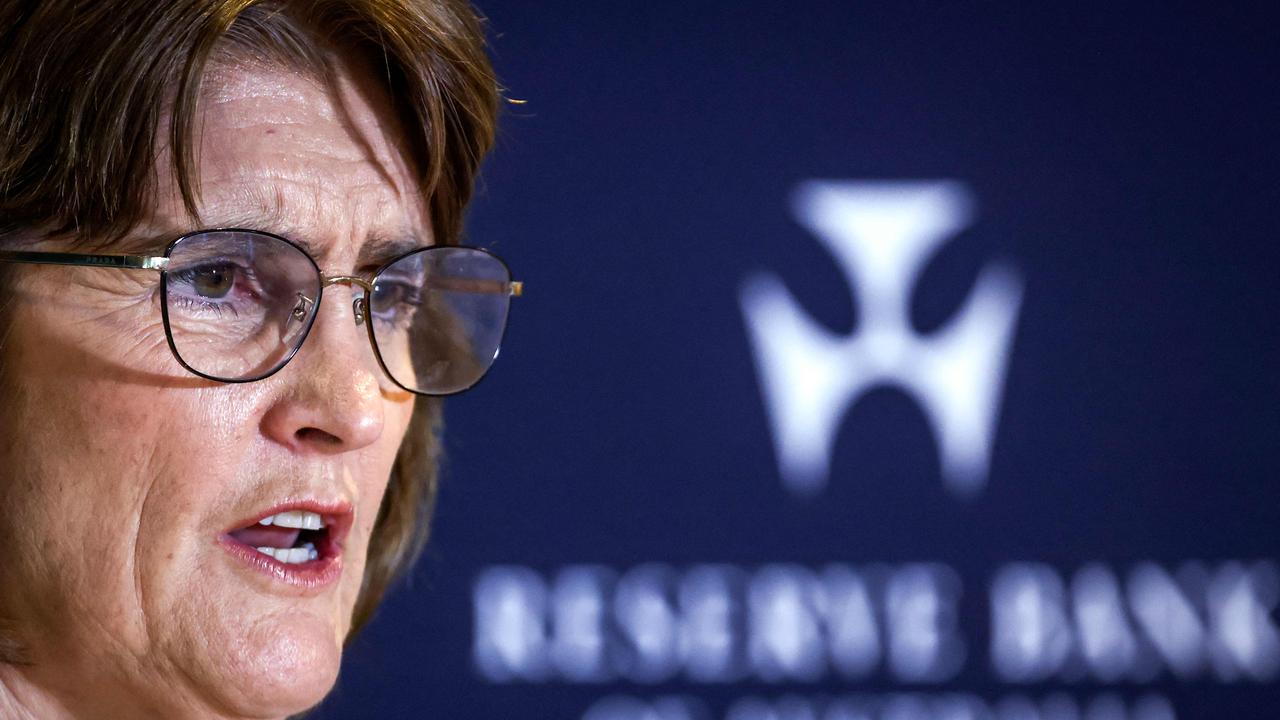BHP unleashes dividend monster with unification deal that redraws top of the ASX
A restructure means BHP leaps to an unassailable position as Australia’s biggest stock and can now distribute a mountain of franked dividends.

The world’s biggest miner, BHP, has regained its place as the biggest stock in Australia after a unification deal this week that redraws the landscape at the top of the ASX.
After shareholders voted to close down its UK listing, we now have 100 per cent of the miner listed locally. BHP suddenly moves from 6.5 per cent to almost 11 per cent of the entire exchange.
For years BHP and CBA have battled it out to be the No. 1 stock on the ASX. But at a freshly minted level of 10.7 per cent post “unification”, the miner is now unassailable. The rest of the top five are far behind. CBA sits at a little over 7 per cent, CSL 6 per cent, NAB near 4 per cent and ANZ just over 3 per cent.
Does the pecking order at the top of the market matter? Two decades ago, when BHP created its now defunct dual listing in the UK and Australia, the structure was academic. Today, index-driven exchange-traded funds are mandated to mirror market ranking. In the weeks ahead, these funds must lift their holding of BHP from more than 6 per cent to more than 10 per cent in Australia.
In fact, when the deal goes live at the end of the month, there are fears it will cause a technical problem on the market as everyone tries to buy more BHP shares at the same time.
But for BHP investors, this ambitious slice of financial engineering means a lot more. The dimension of the deal that is only beginning to emerge is that the world’s biggest miner has an enormous store of franked dividends ready to be unlocked.
Under the dual-listing arrangement, BHP could not optimise the distribution of these franked dividends, which were of little value of British investors.
Yet BHP is one of the biggest dividend payers in the world – and just now it has about twice as many franked dividends on its balance sheet as a typical blue chip company would retain. In fact, there is about $US16bn ($22bn) worth of franked dividends sitting on the balance sheet looking for a home.
Very soon the big miner is going to get a chance to shower its Australian shareholders with these dividends as it reports in February and happens to be enjoying an exceptionally profitable phase of the commodities cycle.
After famously wasting money on poor takeover deals in previous cycles, BHP has committed to getting profits back to shareholders in franked distributions.
“Under current conditions, we see BHP offering a dividend yield of around 10 per cent and this is before franking,” says John Lockton at Wilsons.
That’s 10 per cent before investors “gross up” after the benefits of franking are counted.
“On top of that, we could easily see some capital management such as an off-market buyback, which would be something very beneficial to Australian retail investors – especially retiree investors or self-managed super funds,” Lockton suggests. (Retiree investors made solid profits last year when CBA conducted an off-market buyback – the exercise allowed retiree shareholders to make $114 on every $100 the bank accepted into the offer.)
This year looks like being the second in a row in which the big miners will all show double-digit dividend yields. Rio is expected to offer a similar yield near 10 per cent, with Fortescue also offering good income potential.
Is it all too good to be true? Seasoned investors know well that mining profits are patchy and underlying earnings – which fund dividend payouts – are much more volatile than the earnings at major banks (although the dividend “no shows” at leading banks during the Covid crisis tests this theory).
In recent times, with up to 70 per cent of big miner profits having been linked to the iron ore price, the fortunes of the spot iron ore price can strongly signal were mining share prices are heading.
Last year analysts thought iron ore would sit around $US110 – in reality the price rolled higher, lower and higher again but ultimately the predictions were not too far off that consensus forecasts. This year the consensus estimates are that iron ore will be $US90-$US110 through the year. At present the price is near $US130. Keep in mind that the estimates of a 10 per cent dividend yield at the big miners ae based on these numbers. Meanwhile, BHP’s share price followed a similar pattern, opening 2021 near $45, hitting $54 mid-2021 and currently hovering at $48.
The sceptics will say mining dividends are still unreliable – BHP and Rio scrapped their previous “progressive dividend” policies for the very reason that earnings will always be volatile. Supporters will say 10 per cent dividend yields are gold dust in a low interest rate environment, and the money is there to be made at limited risk over restricted periods.
At BHP the unification, which may cost up to $450m, has some temporary issues, but longer term it allows the miner to be leaner and more flexible. But it also smooths its transition out of coal and gas and into greener future-facing metals such as copper or potash. For investors who want to be part of that future, the merger makes sense. For those who want big dividend cheques in the months ahead, it is an opportunity worth consideration.



